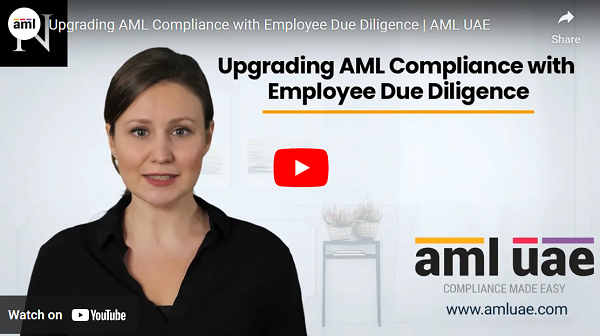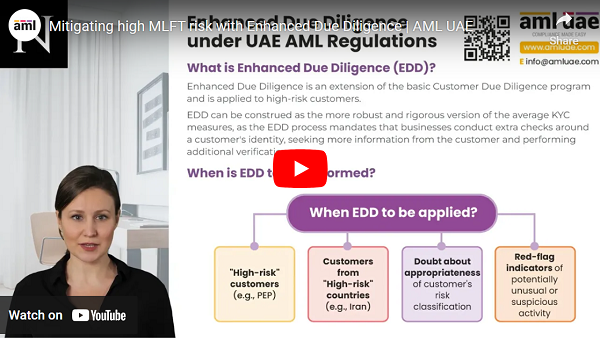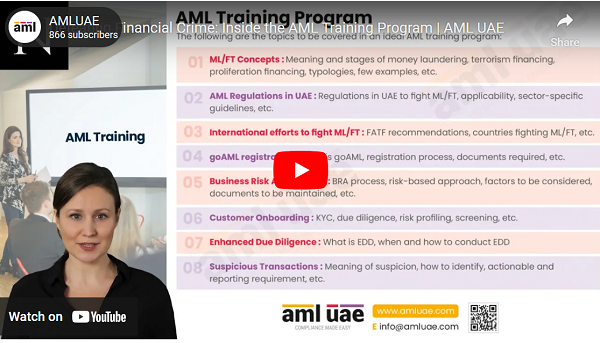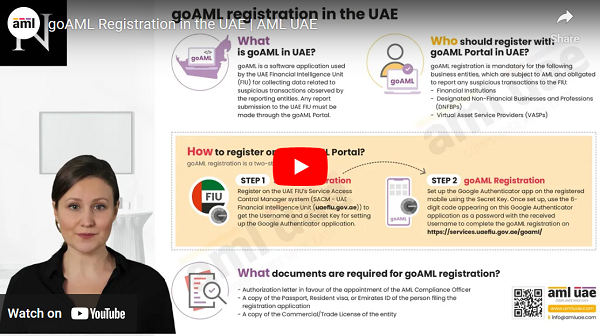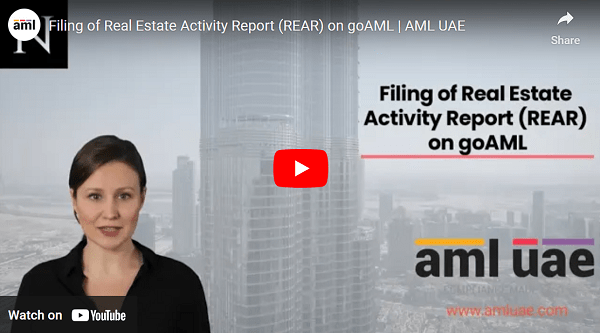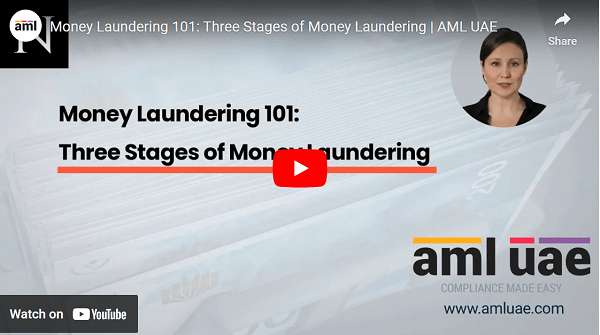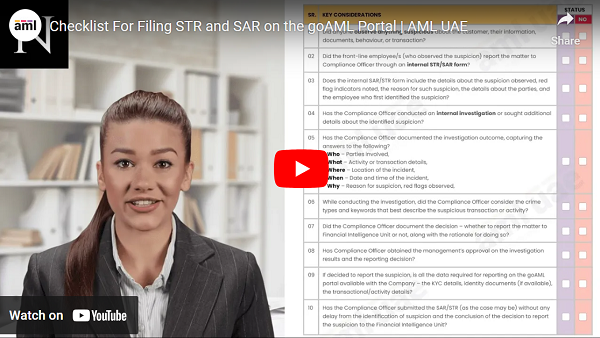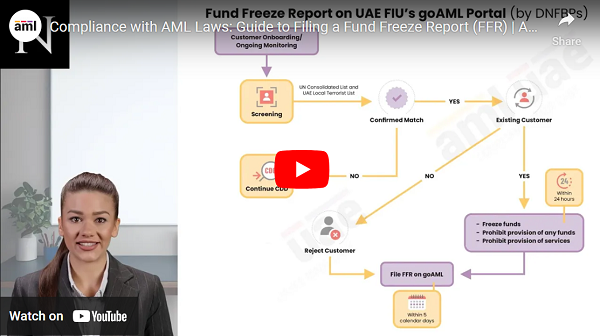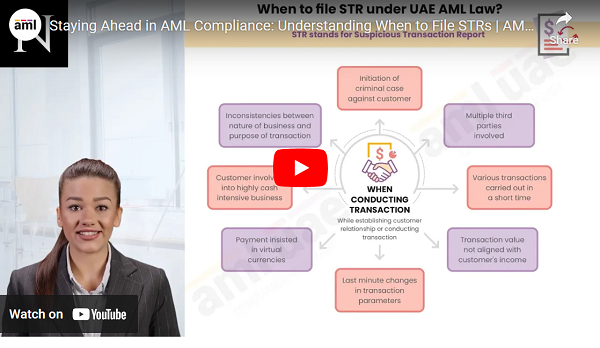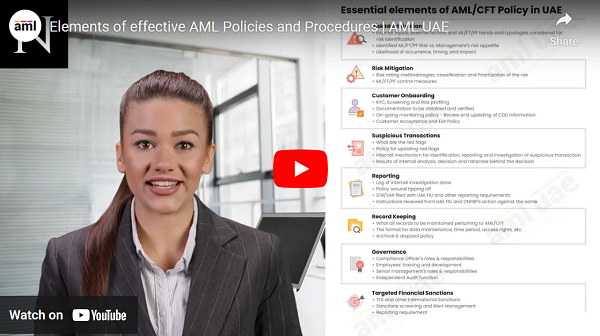Video on Upgrading AML Compliance with Employee Due Diligence
Home
Videos
Video on Upgrading AML Compliance with Employee Due Diligence
Before onboarding any employee, the organisation must conduct Employee Due Diligence to ensure that it does not pertain any risk to the organization. It is important to check the identity and background proof of employees before hiring them. By providing adequate training to employees, it would act as a line of defense, helps in keeping money laundering risks at bay and contribute towards making the organisation compliant with AML. This video highlights the importance of Employee Due Diligence.
- Why to conduct Employee Due Diligence
- Which Employees are to be screened
- When to conduct Employee Due Diligence
- How to conduct Employee Due Diligence
Chapters:
Related Infographics
Related Articles
Related eBook
Related Laws, Guidelines, Rules, and Regulations
Related Videos
Share via :
Share on facebook
Share on twitter
Share on linkedin
Our recent downloads
Contact Form
side bar form
Share via :
Share on facebook
Share on twitter
Share on linkedin
